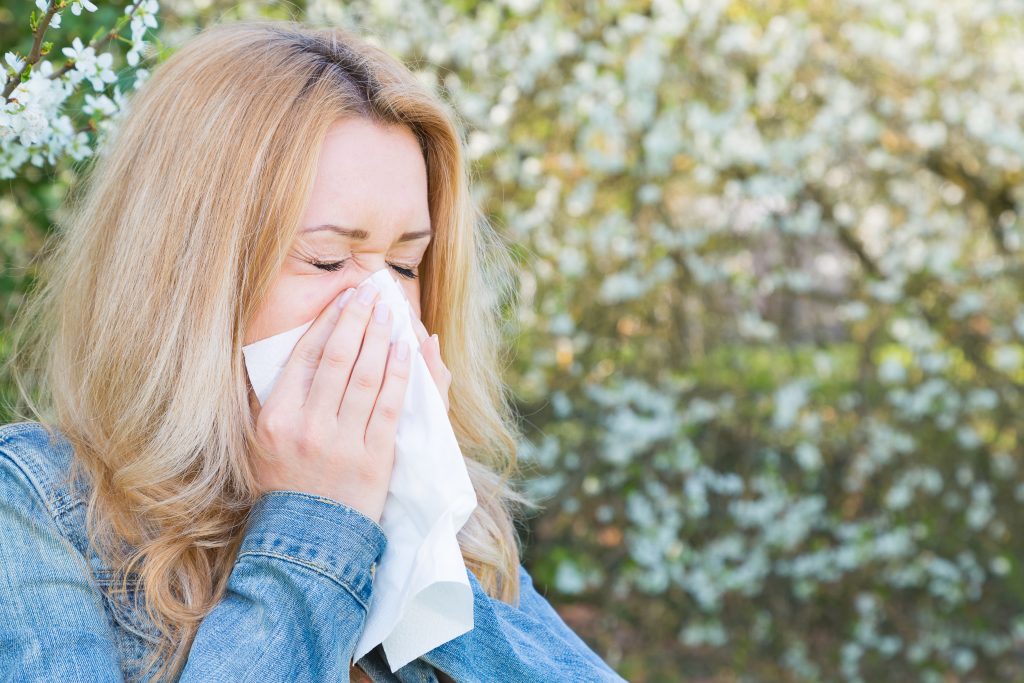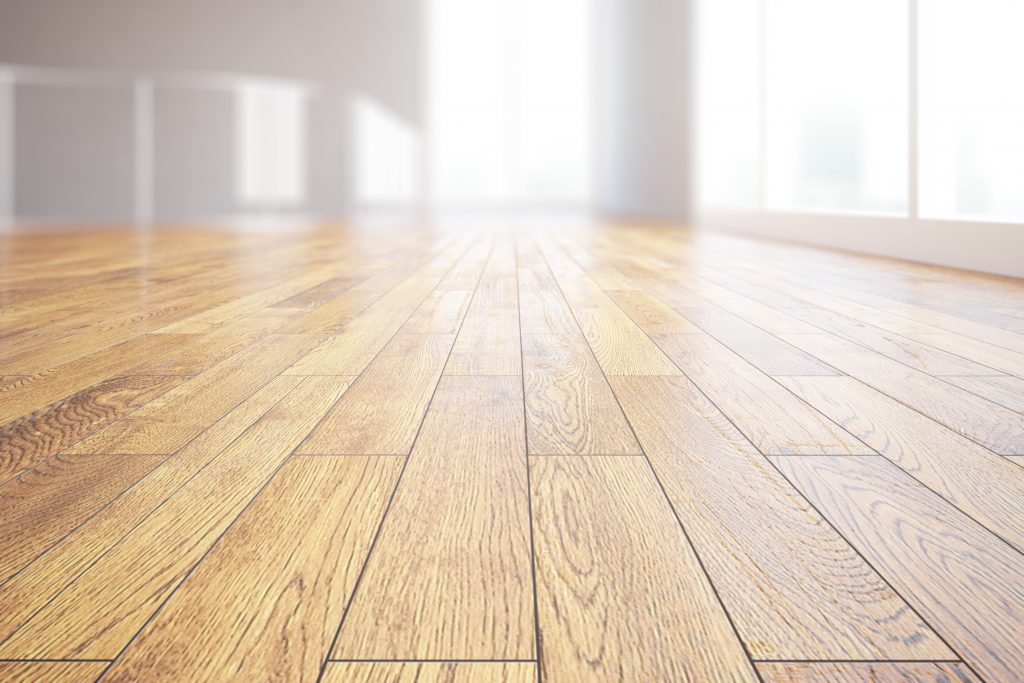COMMON ALLERGENS

Common seasonal allergens include:
Tree pollens – early to late spring
Grass pollens – late spring to early summer
Weed pollens – early summer through the fall
Molds – present all year with seasonal peaks, primarily when warm, humid and wet

Common perennial (year-round) allergies include:
Dust mites – a common indoor allergy commonly seen throughout Canada; the highest allergen levels are in bedding
Pet dander – cat and dog are the most common, but any animal with fur or hair can cause allergies. Generally, allergen immunotherapy works best for cat and dog allergies
Cockroach – common and potent allergen in urban environments (particularly in old buildings, even if there isn’t a current infestation)
CONTROLLING YOUR OUTDOOR ALLERGENS
One of the first lines of treatment for people with allergies involves controlling your environment to reduce your exposure to the allergens causing your symptoms
In some cases, controlling your environment is not possible because the allergens are everywhere, particularly if you have seasonal allergies. The goal of allergy treatment should be to control your allergies, not let allergies control your life.

Here are some tips for controlling outdoor allergies:
• Restrict the amount of time you spend outdoors.
• Remove the clothing you wore outdoors as soon as you get home.
• If outdoor allergies are severe, take a bath or shower and wash your hair first thing and/or before you go to bed.
• Keep your windows closed and use high-efficacy particulate air (HEPA) air filters to minimize the allergens.
CONTROLLING YOUR INDOOR ALLERGENS
Indoor allergens are easier to control, but may still be difficult. For example, reducing exposure to dust mites can take a lot of time and expense and may only partially resolve your allergy symptoms. A pet that you are allergic to causes similar limitations – you can take steps to reduce the dander, but it is nearly impossible to eliminate it entirely from your indoor environment.
Here are some tips for controlling indoor allergies:
• Choose wood flooring over wall-to-wall carpets when possible, especially in bedrooms.
• Clean your house regularly, using a central vacuum or a vacuum with a HEPA filter. If you are allergic, wear an N95 filter mask while dusting, sweeping or vacuuming.
• Use “mite-proof” cases on your mattresses and pillows. Wash all bed linens regularly using hot water.
• Run a HEPA air cleaner in the allergic person’s bedroom all the time.
• Limit pet exposure. Keep pets out of the allergic person’s bedroom at all times.
• Smoking of any kind can aggravate allergies whether it is from cigarettes or indoor fireplaces. Don’t allow any smoking in your house and avoid secondhand smoke.

